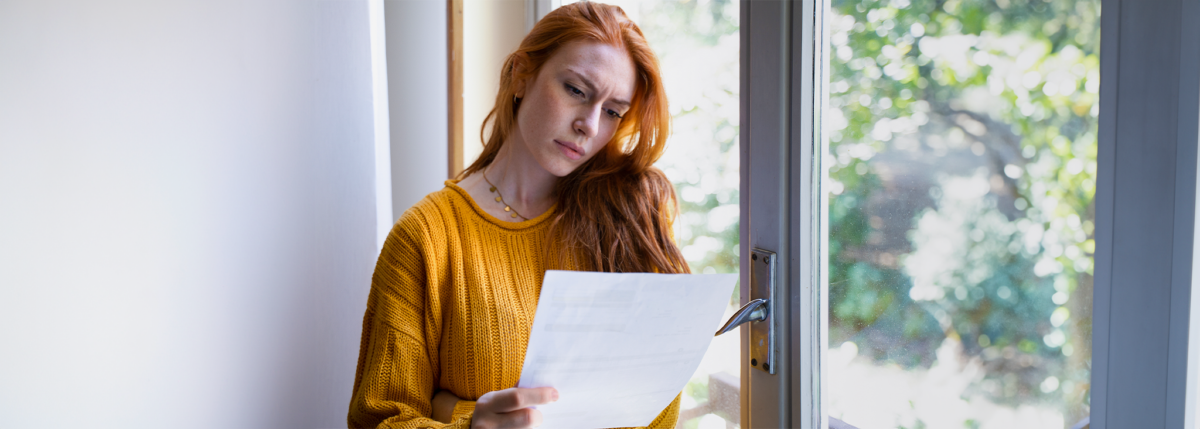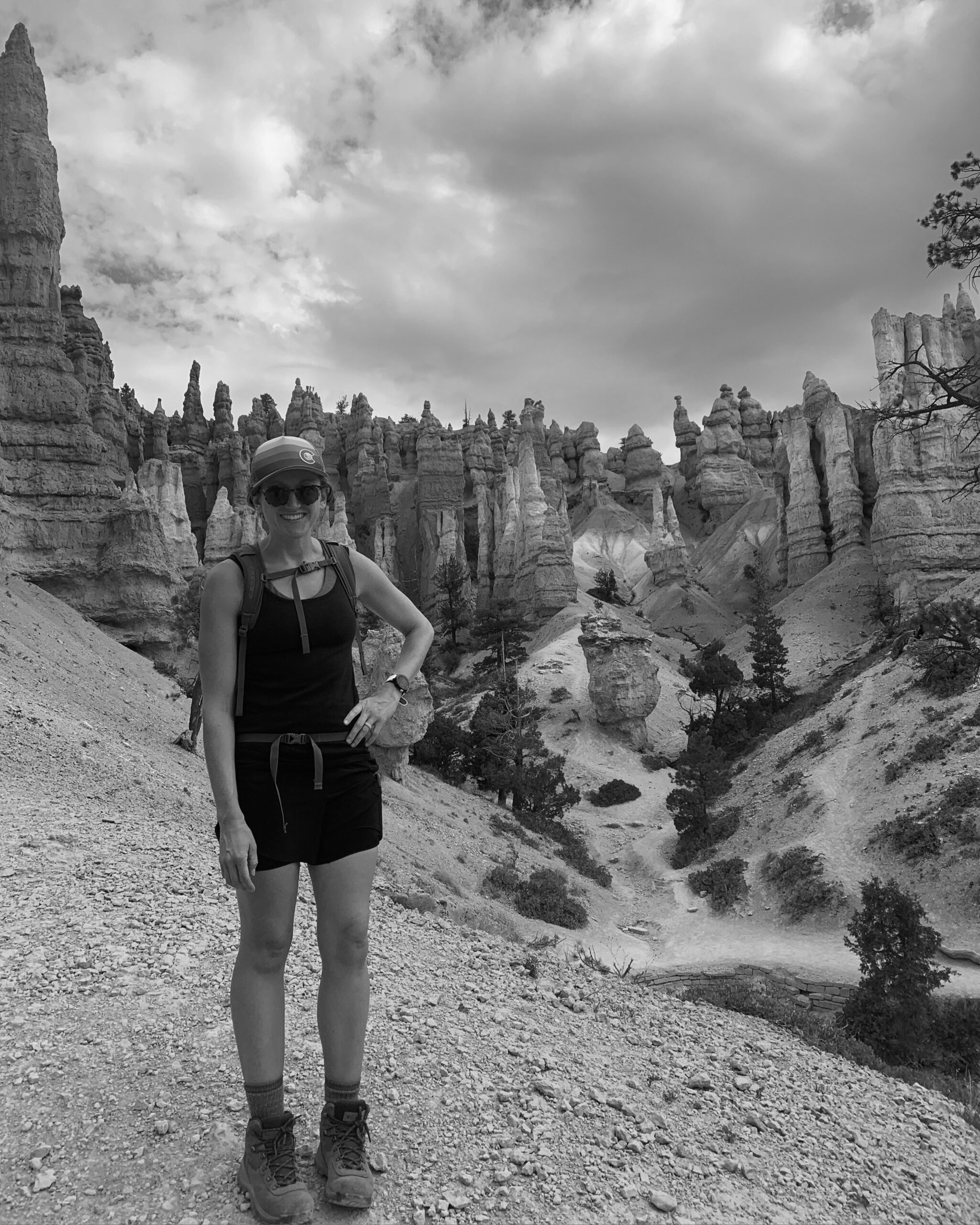I Lost Medicaid—Now What?
Medicaid is the largest payer for health care in the United States, covering more than 90 million people—that is one in four Americans. During the COVID-19 pandemic, an official federal public health emergency (PHE) was declared on March 13, 2020 and was renewed thirteen times in the following years over the course of the ongoing pandemic.
The PHE stopped Medicaid renewal processes, essentially allowing Americans who would no longer qualify for Medicaid outside of a PHE to continue receiving care through their state’s Medicaid program.
However, the PHE officially ended on May 11, 2023. What does this mean for people who have been receiving Medicaid this whole time—especially people with diabetes?
What is Medicaid?
In the land of privatized health insurance, Medicaid is a beacon of hope for many and a robust social safety net that keeps millions of people alive. Most of the people covered by Medicaid are low-income populations—this includes children, seniors, pregnant individuals and people with disabilities like diabetes.
Medicaid works like any other insurance plan, except there are no monthly premiums, no yearly deductibles and there are rarely co-payments for medicines like insulin or emergency room visits.
Medicaid is jointly funded and administered in partnership between the federal government and states. So each state’s Medicaid program can be run completely differently from the next, and they also can have different eligibility requirements.
Under the 2010 Patient Protection and Affordable Care Act, 39 states (plus the District of Columbia) have expanded and implemented income eligibility for individuals to qualify for Medicaid, which varies by state and is a percentage of the federal poverty level (FPL).
Income eligibility can be determined as often as monthly, so there are a lot of people who typically fall off and back on, especially if their income is variable—except during the pandemic. Everyone was able to keep their insurance for the past 3 plus years.
Millions of people have lost coverage
The official declaration of the end of the PHE triggered a series of events, allowing states to restart their Medicaid renewal processes—including reinstating eligibility requirements, like taxable income and tax-filing relationships.
This has led to millions of people losing their Medicaid coverage.
States are working at different paces, but all are disenrolling patients who have had coverage for the past three years. Texas has disenrolled a shocking 82 percent of its Medicaid recipients, while states like Wyoming have only disenrolled 8 percent.
Over 3.7 million people have lost their health insurance coverage, with over half a million of those people living in Texas alone—in just the first month of disenrollment.
The Kaiser Family Foundation (KFF) predicts that as many as 24 million people could lose their coverage over the next few months. Many of these people (a whopping 74 percent), are losing coverage simply due to paperwork errors or slow processing times of their renewal paperwork.
Losing health insurance can be devastating for someone living with a chronic illness like diabetes. It means that when you show up at the pharmacy counter to get your insulin, it’s no longer covered. It means that shipments of continuous glucose monitor (CGM) supplies to your home every month abruptly stop.
Losing health insurance without a backup plan means you can no longer see your endocrinologist, or any doctor at all, for that matter. For people living with diabetes, it spells disaster for most and certain death for some.
What to do if you’ve lost Medicaid coverage
If you’re one of the millions of people who have recently lost Medicaid do not panic. There are options to ensure continuity of care for your diabetes management.
Since losing Medicaid coverage is a “qualifying event”, you can seek new health insurance at any time and you do not have to wait for open enrollment to begin on November 1st.
The following are ways to ensure you can get health insurance quickly:
- Ask your employer if they offer insurance (if they do, sign up ASAP, and coverage will usually begin on the first of the following month).
- Buy your own health insurance on the marketplace (which offers heavy subsidies for middle-income people).
- If you think you’ve been wrongly disenrolled, you can re-apply for your state’s Medicaid program to see if you are still eligible.
- If you’re under the age of 26 and recently lost Medicaid coverage, you can access health insurance on your parent’s health insurance plans.
- Additionally, if you’re married and your spouse has health insurance through their employer, you qualify for coverage under their insurance, too. Check with your spouse’s employer for eligibility requirements (proof of domestic partnership or marriage, etc.) and costs associated with coverage, which may be higher than if you carried your own insurance.
- If you need help affording your insulin, visit getinsulin.org for resources on accessing insulin quickly.
While you wait to regain insurance coverage, check out our resources for getting assistance with your diabetes management supplies.





